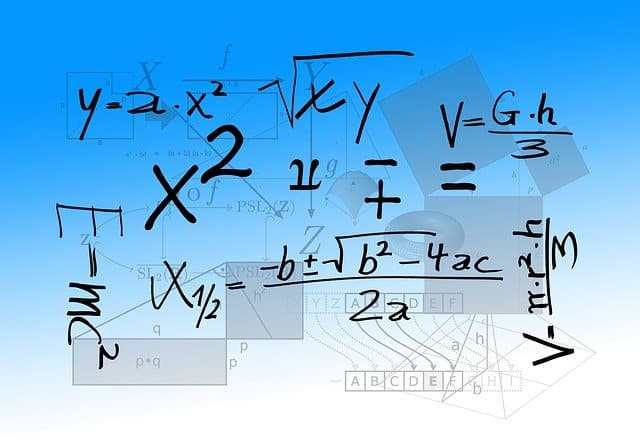
An inequality is a type of algebraic inequality.
In order to know the meaning of the term inequality, it is necessary, first of all, to know its etymological origin. Specifically, it is a word that derives from Latin. It is exactly the result of the sum of these lexical components:
-The prefix «in-«, which means «no» and «without».
-The noun "aequatio, aequationis", which can be translated as "equalization", "distribution" or "levelling".
What is an inequality
An inequality is called an algebraic inequality in which its members are linked by the signs (less than), ≤ (less than or equal to), > (greater than) or ≥ (greater than or equal to). In this way, the inequalities are expressed as follows:
f(x) or
f(x) ≤ g(x) o
f(x) > g(x) o
f(x) ≥ g(x)
Solving an algebraic inequality of this type
To solve an inequality, it is necessary to discover the set of values of the variable that allows it to be verified. For example, let's take the inequality 3x − 4. The resolution requires following steps as is done with equations (which are equalities with numbers and letters related to each other through mathematical operations):
3x − 4
3x
x
In this inequality, we can notice that x is a value less than 4 .
3 x 3 – 4
9 – 4
5
o
3 x 2 – 4
6 – 4
2
etc
On the other hand, if we take the value 5 :
3 x 5 – 4
15 – 4
11 (which is not correct: 11 is not less than 8 )

Two or more inequalities can form a system of inequalities.
Systems of inequalities
When two or more inequalities appear, we speak of a system of inequalities . It is important to keep in mind that these systems do not always have a solution.
You can differentiate between different systems of inequalities according to their characteristics . There are systems of inequalities of the first degree , systems of inequalities of the second degree and systems of inequalities of degree greater than two , among others.
Other types
However, we cannot ignore the existence of other types of inequalities such as the following:
-Linear inequalities, which are those that occur when the expressions on the two sides are polynomials of the first degree.
-Absolute value inequalities. These, as their name indicates, are those that have the particularity of having absolute values.
-Rational inequalities, which are those that are identified because the expressions on one or both sides become a quotient of polynomials.
-Simultaneous inequalities must also be taken into account. They are characterized by being those in which two inequalities share a member in common.
-Nonlinear inequalities, which are those that are formed by what are nonlinear expressions, excuse the redundancy.
Nor can we forget the existence of linear inequalities that have two unknowns or equivalent inequalities.
To find the solution of a system of inequalities, one must reach the set of real numbers that allow the verification of all the inequalities in question. That is, all inequalities must be resolved at the same time, otherwise the system will not be solved.
In addition to all of the above, we cannot overlook that when solving any type of inequality it is extremely important to take into account what is known as intervals.
